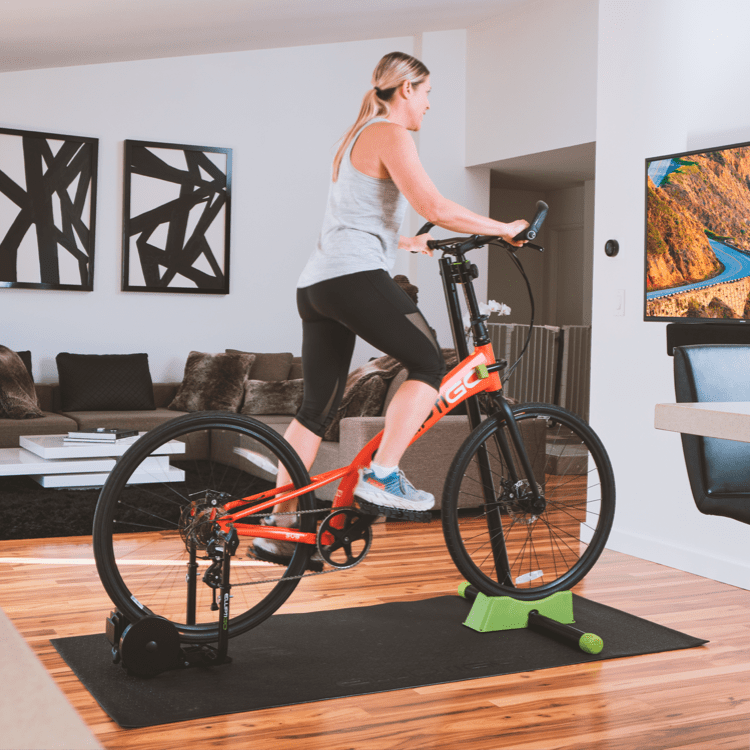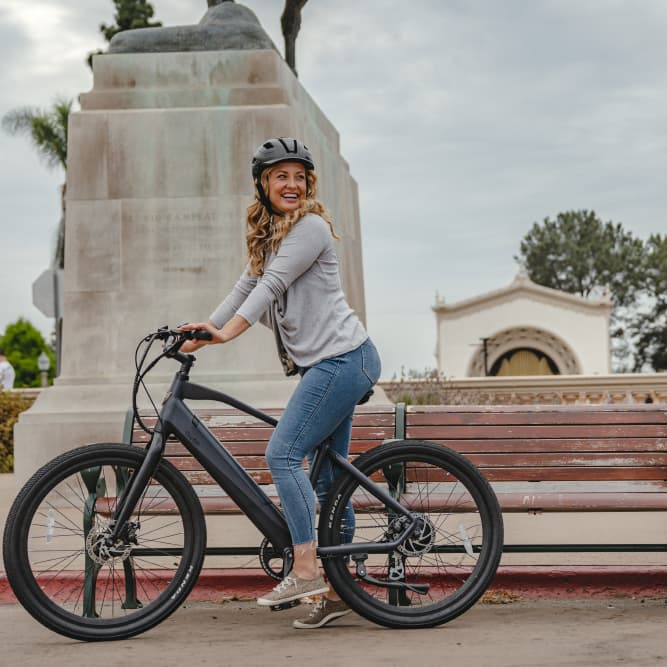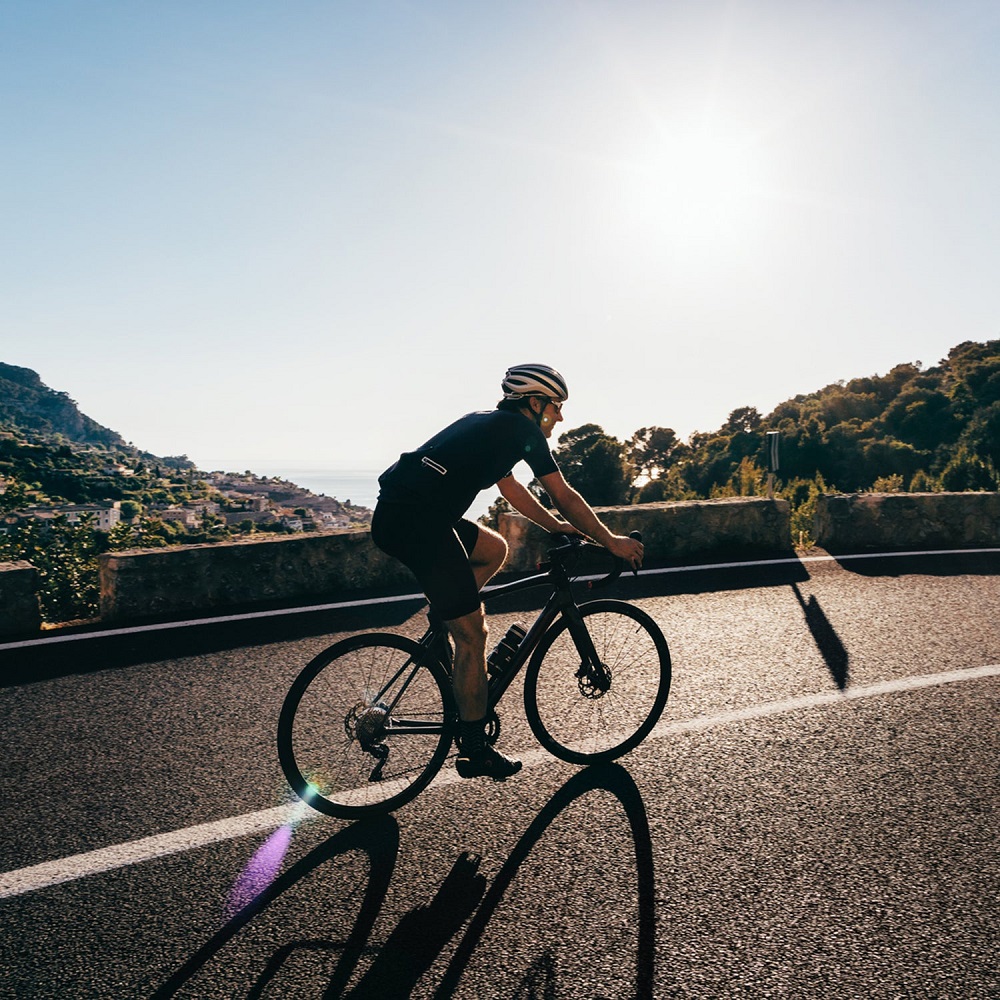Introduction to Bicycle Measurement
Measuring a bicycle correctly is key to ensuring optimal performance and comfort. Knowing the exact dimensions allows for tailored adjustments that enhance your riding experience. Whether you’re a casual rider or a competitive cyclist, understanding how to measure a bicycle is crucial.
Importance of Accurate Bicycle Measurements
Accurate measurements are essential for several reasons. They determine the right bike size, improve riding comfort, and prevent injuries. A well-fitted bicycle makes riding more efficient and enjoyable. It’s important to invest time in learning how to measure a bicycle to enjoy these benefits.
Tools Needed for Measuring a Bicycle
To measure a bicycle accurately, you need a few basic tools:
- A tape measure for checking frame size and other lengths.
- A level, to ensure your bike is positioned correctly when measuring.
- A ruler or caliper for detailed measurements.
Gathering these tools before you start measuring ensures a smooth and precise process.
Frame Size Measurement
Measuring the frame size is a crucial step in bicycle measurement. The frame size influences the bicycle’s comfort, efficiency, and performance. This section will cover how to properly measure the frame and understand its geometry.
How to Measure the Frame Size
To measure the bicycle frame size, you will need a tape measure. Here’s a step-by-step guide:
- Locate the Seat Tube: Find the top of the seat tube and the center of the bottom bracket.
- Measure the Seat Tube: Place the tape measure at the top of the seat tube and stretch it down to the center of the bottom bracket.
- Record the Measurement: Note the measurement in centimeters or inches, as this is the frame size.
This metric determines if the bike fits your height and riding style.
Understanding Frame Geometry
Frame geometry refers to the angles and lengths that define the frame’s design. It affects how the bike handles and how comfortable it is on different terrains.
- Head Tube Angle: A steeper angle results in quicker steering.
- Seat Tube Angle: This impacts the riding posture and pedaling efficiency.
- Top Tube Length: Important for determining the reach from the seat to the handlebars.
Understanding these aspects can help you choose a bike that best fits your body and riding preferences.
Wheel Size Determination
Determining the correct wheel size is crucial for a bicycle’s performance and rider’s comfort. The wheel size affects the bike’s handling, speed, and stability on various terrains. There are several wheel sizes available, each suited to different types of bicycles and riding styles.
Different Bicycle Wheel Sizes
Bicycles come with a variety of wheel sizes. Common sizes include:
- 12-inch: Best for toddlers and young children.
- 20-inch: Ideal for kids’ bikes and some BMX models.
- 26-inch: Common in mountain bikes and some older road bikes.
- 27.5-inch (650b): Increasingly popular in modern mountain bikes.
- 29-inch (700c): Predominant in road bikes and many mountain bikes.
Selecting the right wheel size is essential for safety and comfort. It ensures the bike is proportionate to the rider’s size and suitable for the intended use.
How to Measure Bicycle Wheels
To measure your bicycle’s wheel size, follow these steps:
- Position the Bike: Ensure the bike is upright and stable.
- Measure the Diameter: Use a tape measure from the ground straight up to the outer edge of the wheel.
- Note the Measurement: Record the size in inches or centimeters.
This measurement is critical to finding the right tire, improving ride quality, and achieving proper bike fit. Understanding how to measure a bicycle wheel will help maintain optimal cycling performance.
Seat Height Adjustment
Adjusting the seat height is vital for comfortable and efficient cycling. The correct seat height can drastically enhance your riding experience. It prevents injuries and increases pedaling efficiency.
Importance of Correct Seat Height
The right seat height is crucial for optimal leg movement and pedaling power. It allows you to ride for longer without discomfort. A well-adjusted seat supports your entire body correctly while cycling.
Techniques for Adjusting Seat Height
To adjust your bicycle’s seat height, follow these steps:
- Sit on the Bike: Place your bike on a stable surface and sit on the saddle.
- Position Your Foot: Put your heel on the pedal and pedal downwards to the lowest position.
- Check the Leg’s Position: Your knee should be slightly bent when the pedal is at the lowest point.
- Adjust as Necessary: If your leg is too bent or straight, adjust the seat height. Move the seat up if your knee is very bent, and down if your leg is too straight.
Repeat this process until you find the ideal seat position for your comfort and efficiency while riding. Remember, riding with the incorrect seat height can lead to long-term discomfort and injuries, making these adjustments essential.
Handlebar Positioning
Proper handlebar positioning is pivotal for comfort and control on your bicycle. The height and reach of your handlebars affect your posture, steering, and overall cycling experience.
Measuring the Right Handlebar Height and Reach
For the best handlebar position, you will need to measure its height and reach. This is how:
- Stand Over the Bike: Position yourself over the bike to get a feel of the distance.
- Check Handlebar Height: The top of the handlebars should align with the seat height for a neutral position.
- Measure Reach: Stretch your arms out to ensure you can grasp the handlebars comfortably without straining.
- Take Note: Write down your measurements to remember or compare against standard sizes.
These measurements are critical to ensure that the handlebars are tailored to your body size and riding preference.
Adjusting Handlebar for Optimal Comfort
Once you measure the right height and reach, here’s how to adjust the handlebars:
- Loosen the Stem: Use the appropriate tools to loosen the stem that connects the handlebars to the bike.
- Set Height and Reach: Adjust the stem to match your height and reach measurements.
- Retighten: Once the handlebars are in the correct position, securely retighten the stem.
Adjusting your handlebars can prevent back strain, improve your riding posture, and enhance bike handling. It’s a simple step that has a big impact on your cycling comfort.
Measuring Bicycle Weight
Weight is a key factor in a bicycle’s performance. It affects how easy the bike is to handle and the effort required to pedal.
Factors Affecting Bike Weight
Several elements can influence bicycle weight:
- Frame Material: Aluminum frames are lighter than steel ones.
- Components: Lighter parts, like carbon fiber wheels, can reduce weight.
- Accessories: Items like water bottle holders add extra weight.
Bike type also plays a role; road bikes tend to be lighter than mountain bikes.
Tools and Methods for Weighing a Bicycle
To measure your bike’s weight, you’ll need a scale, ideally one that can handle large items.
Here’s a simple process to follow:
- Find a Bike Scale: Use a dedicated bicycle scale or a luggage scale.
- Prepare the Bike: Remove any extra items that are not a fixed part of the bike.
- Hang the Bike: Lift and hang the bike on the scale hook and ensure it’s steady.
- Record the Weight: Note down the weight displayed on the scale.
Ensure the scale is accurate and calibrated for precise measurements. This will help you keep track of any changes after upgrades or alterations.
Additional Tips for Bicycle Measurement
After learning how to measure a bicycle, it’s key to regularly check and maintain your bike. This ensures ongoing comfort, safety, and performance. The following tips can assist you in preserving an optimal bike fit and in keeping your bike in good shape.
Checking Bike Fit
It’s crucial to check your bike’s fit regularly. This helps detect any needed tune-ups due to natural wear or adjustments. Here are steps to check your bike fit:
- Ride and Observe: Take a short ride and note any discomfort or strain.
- Examine Seat Position: Ensure the seat height and angle still align with your comfort.
- Look at Handlebar Setup: Confirm that reach and height are still suitable.
- Inspect Pedal Reach: Ensure you can still pedal efficiently without overextending.
- Adjust as Needed: Make small tweaks to regain the perfect fit for your body.
By keeping an eye on these aspects, you maintain the right fit as your body and bike change over time.
Maintaining Your Bicycle Post-Measurement
Good maintenance preserves bike measurements and extends its lifespan. Follow these simple maintenance tips:
- Clean Regularly: Wipe down your bike to remove dirt and grime.
- Inspect for Wear: Check the tires, brakes, and cables for signs of wear.
- Lubricate Moving Parts: Apply oil to the chain, gears, and any other moving parts.
- Tighten Components: Ensure that all bolts and screws are secure.
- Store Properly: Keep your bicycle in a dry and secure place when not in use.
Committing to regular maintenance helps keep your bicycle as reliable and enjoyable as when you first measured it.





